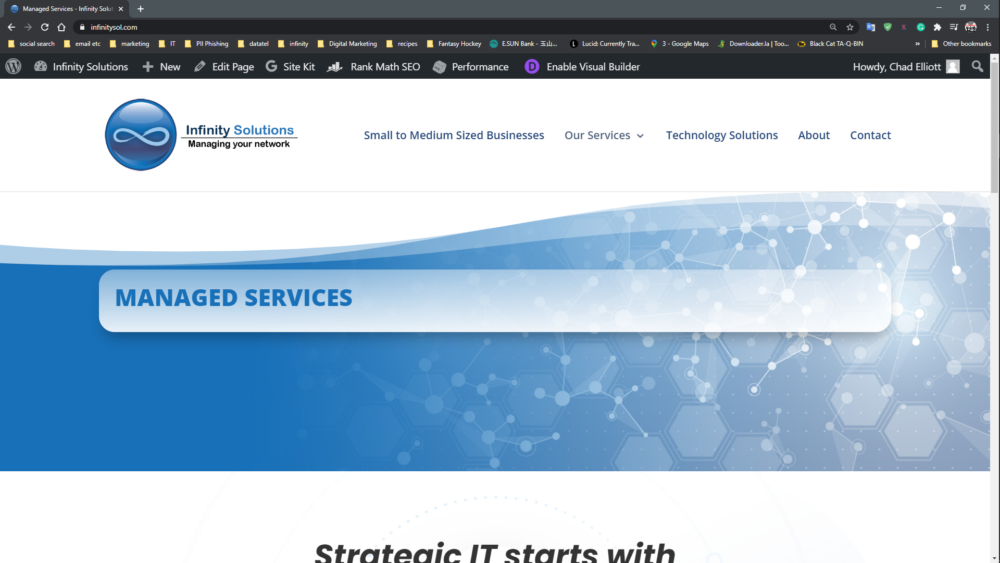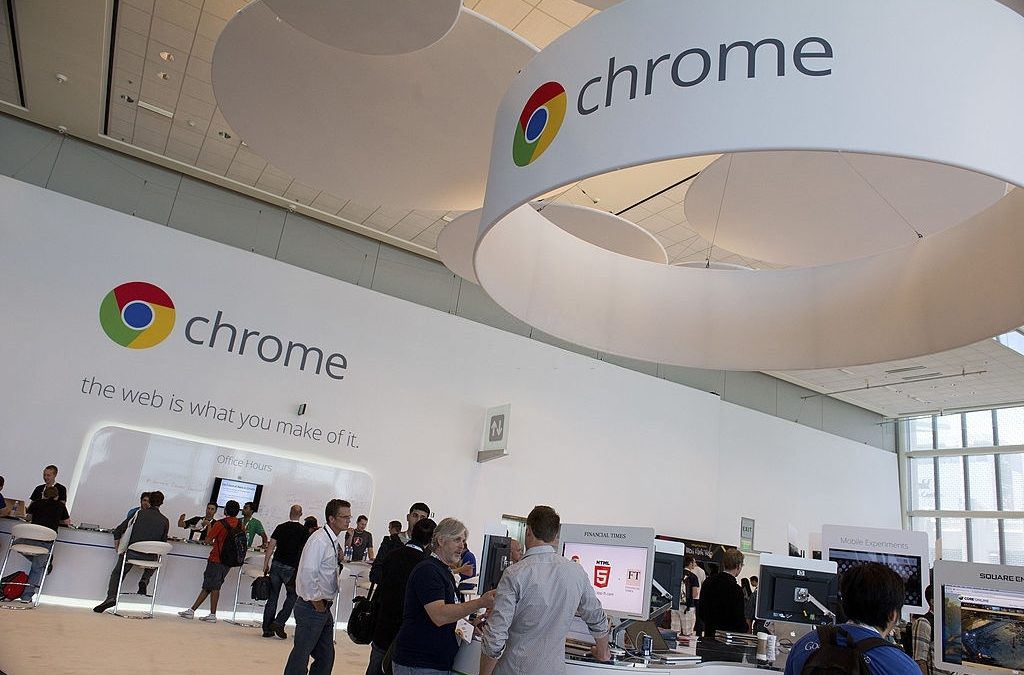Alas, it has been known that Adobe Flash support was ending for a long time. However, what wasn’t known is that while Adobe ended supporting the Flash software and items in December of 2020, it didn’t start blocking Flash content until January 12th – when many users noticed that content wasn’t being displayed in Flash. Enter the new Chrome Update, which was part of an update by many big tech giants. The new Chrome version has finally removed flash, but they changed the browser a lot more than that. They’re working on steps to make Chrome more secure.
Table of Contents
Chrome Removed FTP Support in Version 88 Too

File transfer protocol, FTP, has been removed and is no longer supported by Google Chrome.
Until this recent update, you could still enter FTP by accessing an FTP:// URL. In the recent update, they took the option out altogether. In the previous versions, you were still able to re-enable it using the command line flag (or the flag in Chrome’s advanced flag settings). Chrome version 87 had support being disabled completely, by default. This time though, they’ve acknowledged the dangers of hackers using FTP and have eliminated the support.
Blocking Mixed Content Downloads

If your site is still running HTTP, the functionality is now limited due to the latest Chrome update. If you haven’t switched to HTTPS, now is the time to do so.
Chrome’s previous versions allowed you to download content from other insecure HTTP pages still. Some websites end up using external file hosting that is insecure; however, and while they had secure websites, they had insecure HTTP servers for file hosting. Chrome v88 has blocked executables, archive files, document files, images, videos, audio files, and text from sites that have what is considered “mixed” content. In previous versions, it simply warned users about mixed content – with this version, it’s either HTTPS or nothing when it comes to downloading files.
Many Bugs Have Been Fixed Already

If you’ve never heard of Google’s bug bounty hunter program, it’s worth checking out. Google gets hackers and developers to find bugs/mistakes in their programs, and then they pay them money when they find something.
Every new version of Chrome is often flagged with numerous security bugs. Of course, Google pays its developers and even personal individuals to find these exploits and report them. For this version alone, they’ve already paid over $80,000 to users for finding everything from one critical risk, all the way down to high-risk bugs in the newest version before it was ever released.
Other Features for Increased User Experience

Check out these amazing new features below!
Aside from the many security fixes that Chrome has created, they’ve also added many features designed to help users of the world-famous browser. These features aren’t all on by default, but they are to improve how users can perform their duties – some of them can even help work and job efficiency.
Tab Searching

Just click the downward-facing carat, and you can see all your tabs quickly.
The new version of Chrome allows a user to search all open tabs at once rather than just the open tab. You may have to enable this feature, but even if you do, it enables you to search for all windows in Chrome and all tabs in every window – not just the one you’re in.
Shortened URLs

Instead of seeing the entire URL like https://infinitysol.com/managed-services/, you now see just a small portion.
Google is starting to use a truncated URL in the address bar. While it’s not a full rollout, some users may notice that rather than having a full URL such as https://infinitysol.com/managed-services/, you would only see the permissible truncated address of infinitysol.com. This is to help deter cyberattacks that are done to help supposedly protect users from phishing. It will make it more difficult for cyber attackers to use similar addresses and subdomain addresses – forcing only their actual domain to be shown, so you don’t enter your information. Some people saw these two versions ago.
Rolling Out the Heightened Password Tool

Chrome’s new password management tool is supposed to be even better than it was before.
Google Chrome has made it possible to do a security check of your accounts to see what passwords have been breached. However, in the recent update, which is extremely helpful for businesses, it will also include a new password manager that not only saves passwords but encourages users to change their passwords that are outdated or have security issues and even have those listed telling people to change their passwords if it’s a site that has been indicated in a data breach.
Our Final Thoughts
While you may not be fully protected, it appears that Google has been finally ramping up its security to make things better for its users. This will allow you to be more confident and secure at your workplace, and so far, it is still more secure for companies than other web browsers. However, it’s still important to know that you’re not fully covered unless you have a cybersecurity solution in place.


Recent Comments